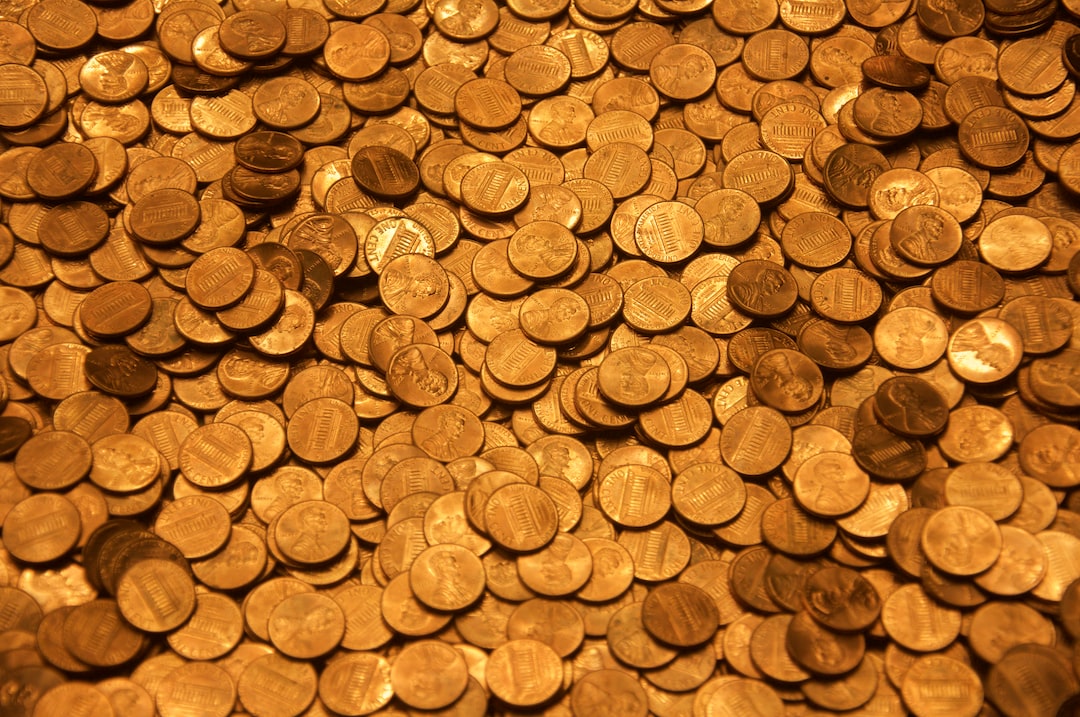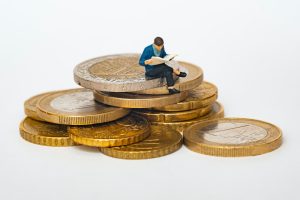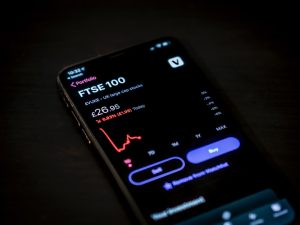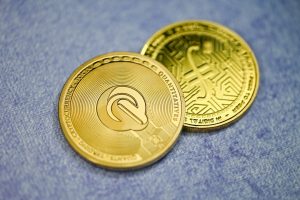Foreign exchange or forex trading is the buying and selling of different currencies to make a profit. It is a highly volatile and complex market, yet it is one of the largest financial markets globally, with an average daily turnover of over $6 trillion. The forex market is open 24 hours a day, five days a week, making it accessible to traders worldwide. Banks, being the primary players in the forex market, use their expertise, resources, and technology to trade forex.
Banks are the primary players in the forex market, accounting for over 50% of daily forex transactions. They serve as intermediaries between buyers and sellers, providing liquidity to the market. Banks trade forex in various ways, including spot trading, forward contracts, and options.
Spot trading is the most common forex trading method used by banks. Spot trading involves buying and selling currencies at the current market price, with the transaction settling within two business days. Banks use their trading desks to execute trades, using their network of counterparties to obtain the best price for their clients.
Forward contracts are a type of forex trading where the buyer and seller agree to exchange currencies at a predetermined price and date in the future. Banks use forward contracts to hedge their currency exposure, manage risks, and provide their clients with certainty over future exchange rates.
Options are another type of forex trading where the buyer and seller have the right, but not the obligation, to exchange currencies at a predetermined price and date in the future. Banks use options to provide their clients with the flexibility to buy or sell currencies while managing their risks.
Banks use a range of trading strategies to profit from forex trading, including fundamental analysis, technical analysis, and algorithmic trading.
Fundamental analysis involves analyzing economic and political events that affect the currency market. Banks use their research teams and economic calendars to identify trends and factors that may impact currency prices. For example, a bank may analyze economic data such as GDP, employment, and inflation to determine the health of an economy and its currency.
Technical analysis involves analyzing charts and patterns to identify trends and trading opportunities. Banks use technical indicators such as moving averages, support and resistance levels, and trendlines to identify entry and exit points for trades.
Algorithmic trading involves using computer programs to execute trades based on predefined rules and algorithms. Banks use algorithmic trading to execute trades quickly and efficiently, taking advantage of small price movements in the market.
Banks use a range of tools and technologies to trade forex. They use trading platforms such as Bloomberg, Thomson Reuters, and EBS to access the market and execute trades. These platforms provide real-time market data, news, and analysis, enabling banks to make informed trading decisions.
Banks also use risk management tools such as stop-loss orders, limit orders, and hedging strategies to manage their risks. Stop-loss orders are used to automatically close out a position if the price moves against the trader, limiting their losses. Limit orders are used to automatically close out a position if the price reaches a predetermined level, locking in profits. Hedging strategies are used to offset currency exposure and minimize risks.
In conclusion, forex trading is a complex and highly volatile market, and banks use their expertise, resources, and technology to trade forex. Banks use a range of trading strategies, tools, and technologies to profit from forex trading while managing their risks. As the primary players in the forex market, banks provide liquidity, stability, and efficiency to the market, enabling traders worldwide to access the market and trade currencies.






